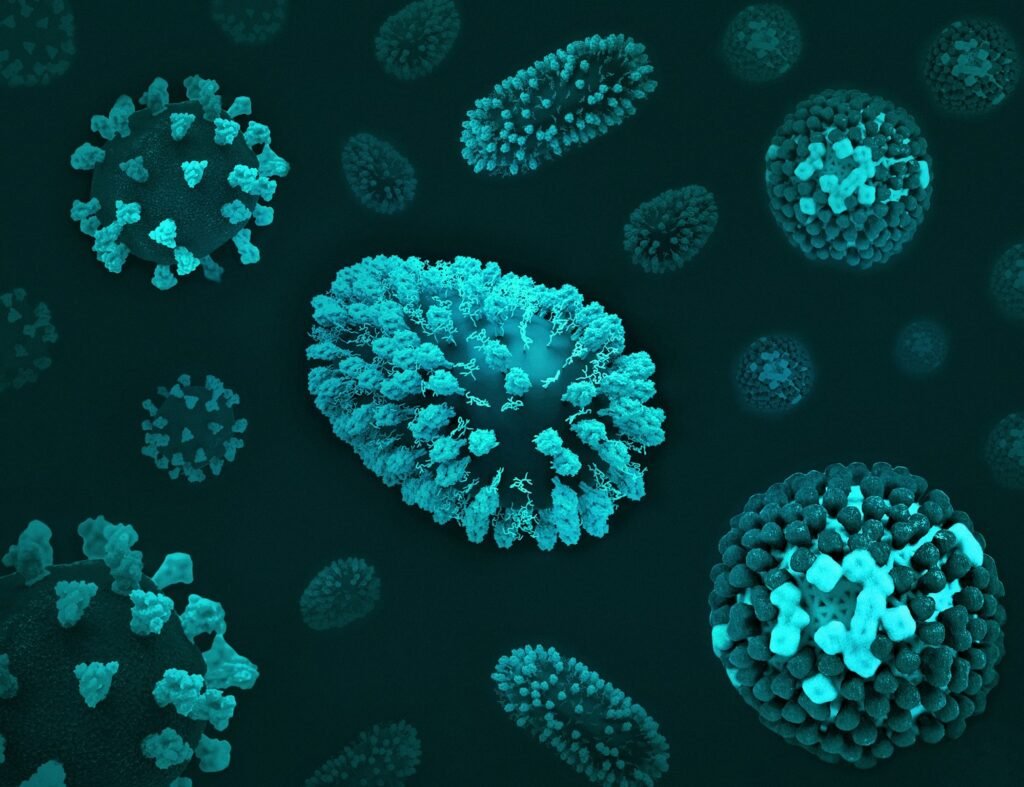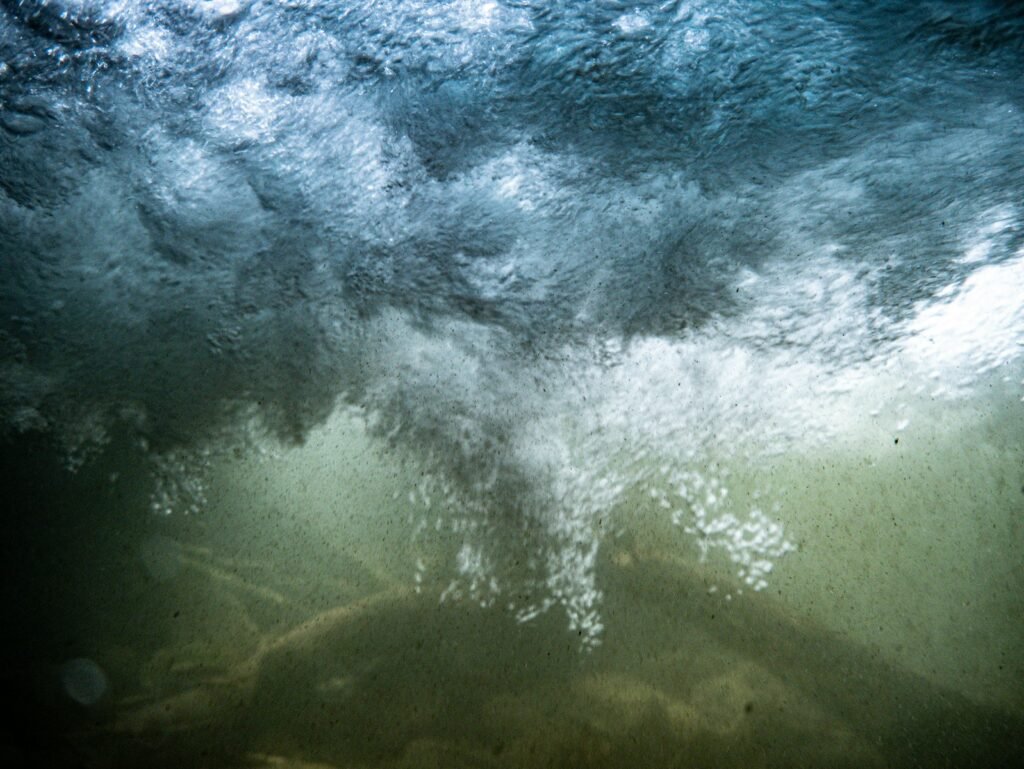Beaches that should smell like salt and sunblock now crunch underfoot with plastic bits the size of sand. It’s a slow-motion crisis that hides in plain sight, drifting from rivers to gyres and into the bellies of fish. Against that bleak backdrop, a surprising counterforce has emerged from petri dishes and compost piles: microbes and enzymes tuned to chew through stubborn polymers. The story today isn’t science fiction or wishful thinking; it’s early, halting, but very real progress born from careful engineering. If these microscopic workers scale beyond the lab, they could help rewrite the cleanup playbook for a planet awash in plastic.
The Hidden Clues

Scientists didn’t stumble randomly onto plastic-eating microbes; they followed hints in places where nature already breaks down tough materials. Soil near recycling plants, leaf-litter heaps, and even wastewater streams turned out to be treasure maps, each hosting organisms that nibble unusual carbon chains. When a bacterium thrives next to a PET bottle dump, it’s a quiet clue that enzymes inside might latch onto the same bonds in polyester. The earliest leads looked modest – slow action at warm temperatures, incomplete digestion, and finicky growth. But in biology, “slow” is often the start of “possible,” and possible is enough to begin engineering.
I still remember visiting a coastal research station where jars lined a sunny bench like a row of tiny greenhouses. Inside were plastic film squares and murky broths that looked like nothing, yet over days the edges softened, then thinned. The method is simple in spirit: enrich, test, select, repeat until activity improves. That repetitive grind turns hunches into data, and data into candidates worth reworking at the molecular level. The hidden clue, it turns out, is that evolution will happily help us – if we give it the right nudge.
From Ancient Tools to Modern Science
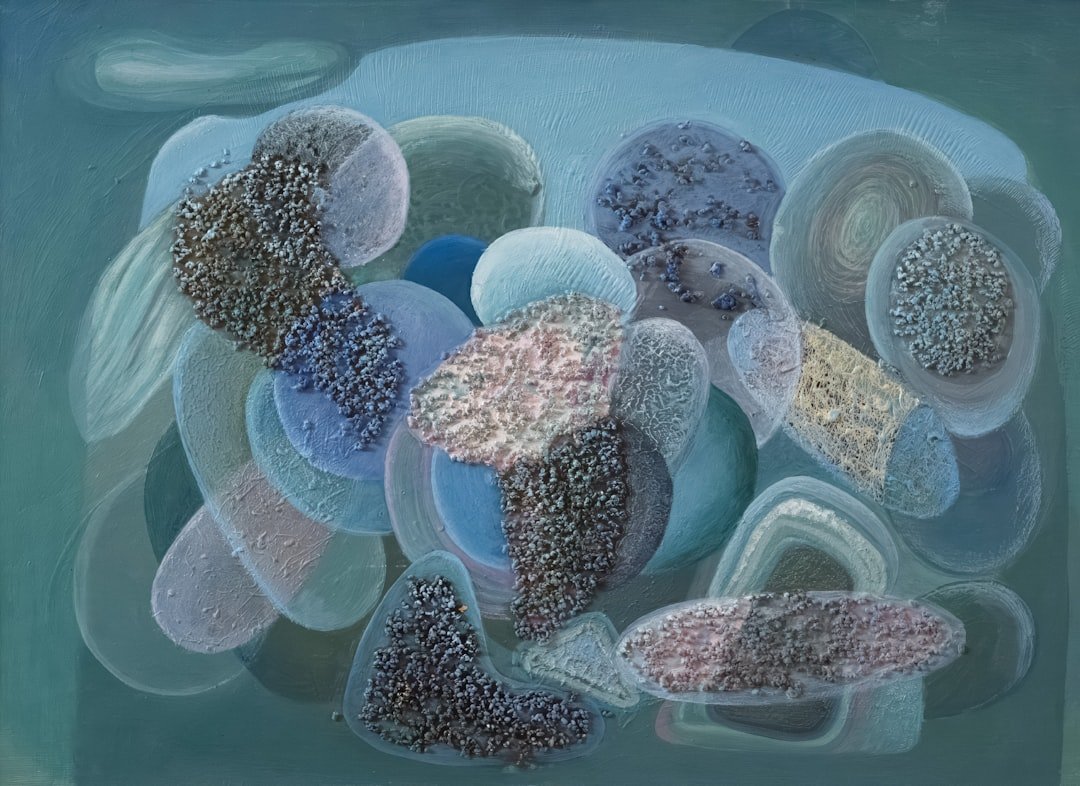
Nature’s demolition tools are older than our plastics by hundreds of millions of years. Fungi and bacteria have long digested plant cuticles, waxes, and tough polyesters that plants make to stay waterproof. Those ancestral enzymes – cutinases, esterases, and lipases – offer a starting scaffold that resembles the locks and keys needed for plastics like PET. Modern protein engineering then fine-tunes the fit, adding stability here, widening a groove there, so an enzyme can grip a man-made polymer chain. The logic is part archaeology, part machining: find an ancient tool, then file it until it bites.
In practice, researchers swap amino acids, test thousands of variants, and watch which designs survive heat, salt, and real plastic samples. Some teams pair enzymes like a relay, one slicing big chains into shorter fragments, another finishing the job into tidy building blocks. Others enlist microbes such as engineered E. coli to manufacture the enzymes cheaply and on demand. It’s an elegant partnership – evolution provides the blueprint, while engineering supplies the speed and control. The result is a new craft that feels both biological and industrial at once.
Inside the Plastic‑Eating Playbook
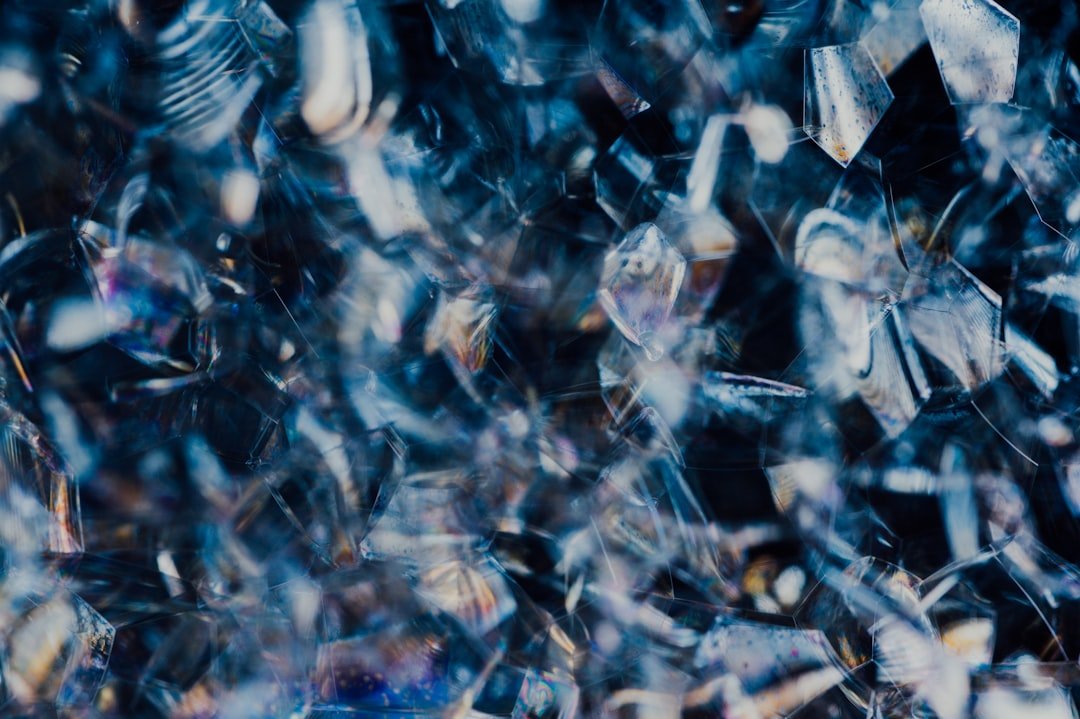
At the heart of this approach is depolymerization, the reverse of making plastic in the first place. Enzymes dock onto the polymer surface, cleave the ester bonds, and release familiar molecules like terephthalic acid and ethylene glycol. Those building blocks aren’t waste; they’re feedstock for making new, high-quality PET with far less downcycling than mechanical grinding. The coolest trick is specificity: a well-designed enzyme targets PET while largely ignoring other materials, which can simplify sorting headaches. That selectivity, if maintained at scale, could turn mixed bales from a liability into a viable input stream.
Engineers also think hard about where these enzymes work best. Plastic doesn’t dissolve in water, so teams roughen surfaces, pre-crack bottles, or lightly heat the mix to open the material up. Immobilizing enzymes on beads or films helps reuse them, while gentle reaction conditions reduce energy demand compared with harsh chemical recycling. Meanwhile, metabolic engineers teach microbes to eat the released fragments and convert them into bioplastics or useful chemicals. The playbook has many pages, but they all center on one idea: turn a persistent pollutant back into value.
Early Lab Breakthroughs

A decade ago, the notion of a enzyme working at moderate temperatures to break down a water bottle sounded far-fetched. Then researchers reported variants that worked faster, tolerated cooler conditions, and kept going in salty or slightly acidic broths. Step by step, reaction times dropped from weeks to days, and in some setups, to mere hours for thin films. Parallel advances in structural biology revealed how active sites cradle plastic chains, guiding smarter mutations and better “grip” on the polymer. The most encouraging results showed near-complete conversion of clean PET to monomers that can be re-polymerized into clear, food-grade plastic.
Outside the benchtop flask, pilot reactors began to look like future cleanup gear rather than pure science projects. Teams demonstrated kilogram-scale runs, handled mixed textiles, and recovered monomers suitable for closed-loop bottles. Industrial groups started building larger facilities to prove continuous operation under realistic conditions. No one claims it’s solved; contaminated, colored, and multi-layer packaging still poses a grind. But the curve is bending in the right direction, and the proof-of-concept has moved well past its awkward adolescence.
Why It Matters
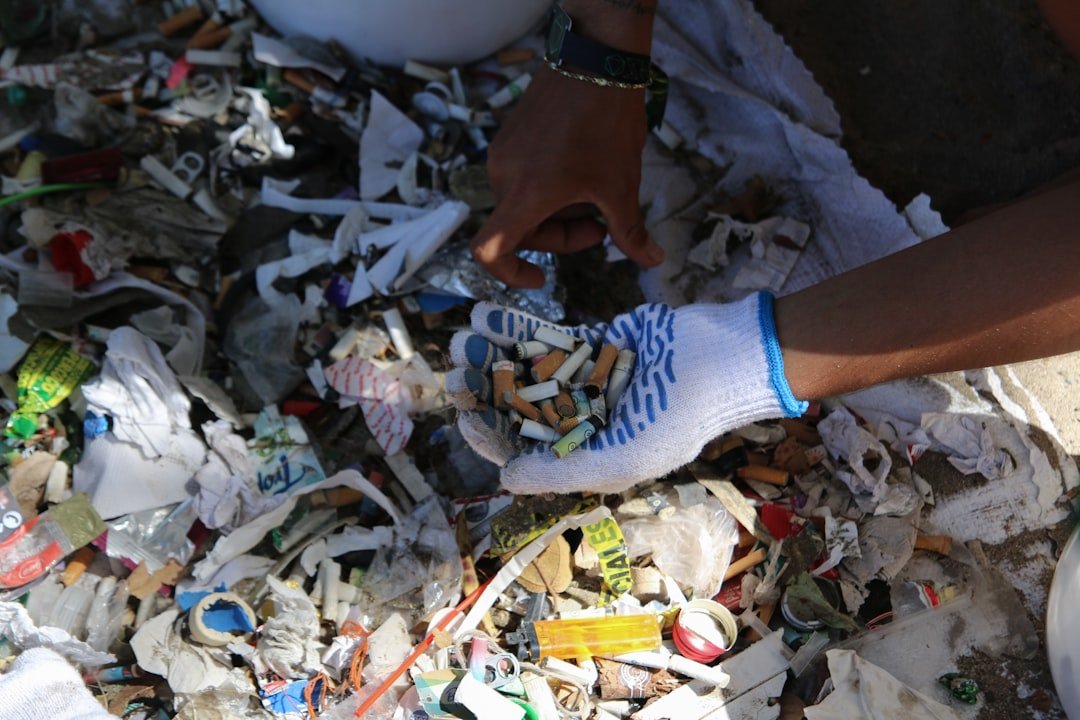
Traditional recycling is a workhorse, but it often shaves quality with each pass, like photocopying a photocopy. Mechanical methods struggle with dyes, additives, and layered films, leaving vast volumes funneling to incineration or landfills. Chemical recycling can be precise, yet it tends to be energy-hungry and expensive, with complex solvent systems that demand careful handling. Enzymatic routes promise a kinder chemistry: moderate temperatures, water-based reactions, and selective conversion to pristine monomers. If that promise holds, a stubborn polymer becomes a renewable resource rather than a one-way ticket to the dump.
The climate stakes are real, too. Making virgin plastic starts with fossil feedstocks and releases greenhouse gases along the manufacturing chain. Recovering monomers biologically could cut a sizable fraction of that footprint if powered by low-carbon energy. And because enzymes can, in principle, be tuned for specific waste streams – bottles, carpets, or polyester blends – systems can be designed close to where waste accumulates. Fewer trucks, fewer emissions, more circularity; that’s the math that makes this more than a lab curiosity.
Global Perspectives
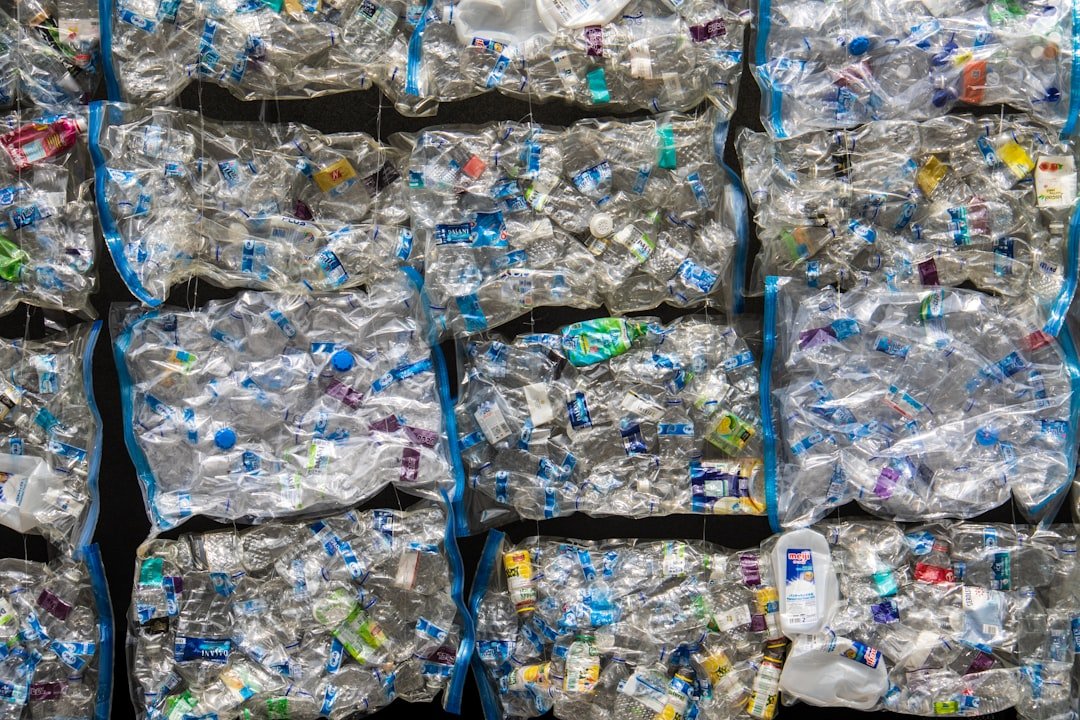
Plastic is a global problem with local textures – what works in a French pilot plant might need a different recipe in a tropical port city. Salty air, higher humidity, and variable waste composition all change the operating window for enzymes and microbes. Small island nations juggling limited landfill space could benefit from compact, modular bioreactors that slot into existing waste depots. Coastal megacities, by contrast, may favor centralized facilities that pull in textiles and packaging from multiple districts. Matching technology to place is as crucial as the enzymes themselves.
Equity matters, and the bio-solution must not deepen disparities. Community groups have asked for technology that creates safe jobs and doesn’t export risk to the poorest neighborhoods. Transparent monitoring – showing what goes in, what comes out, and where it goes – will help build trust. Partnerships with informal waste pickers can keep livelihoods intact while improving sorting quality, which directly boosts enzymatic efficiency. The more this effort listens to frontline experiences, the faster it can move from novelty to norm.
The Future Landscape

What’s next looks like a blend of high-throughput biology and gritty engineering. Expect faster enzyme discovery via AI-guided design, metagenomics from extreme environments, and lab evolution platforms that test millions of variants. On the hardware side, continuous-flow reactors, smart pretreatment lines, and sensor-driven quality control will squeeze more value out of mixed waste. Textile recycling is ripe for disruption as enzyme mixes learn to disentangle polyester from cotton without destroying either stream. There’s also momentum toward microbes that not only depolymerize but upgrade molecules into higher-value products on the spot.
Ocean deployment remains the most romantic – and riskiest – idea. Open-water release of engineered organisms isn’t on the table; ecological safeguards demand contained systems on ships or at river mouths. Think barge-mounted bioreactors intercepting trash before it fans out to sea, with strict kill switches and physical containment. Policy will set the pace: clear rules for biosafety, carbon accounting, and product standards will make or break scale-up. If the science stays disciplined and the regulation stays smart, this could become a backbone technology of circular plastics.
Conclusion
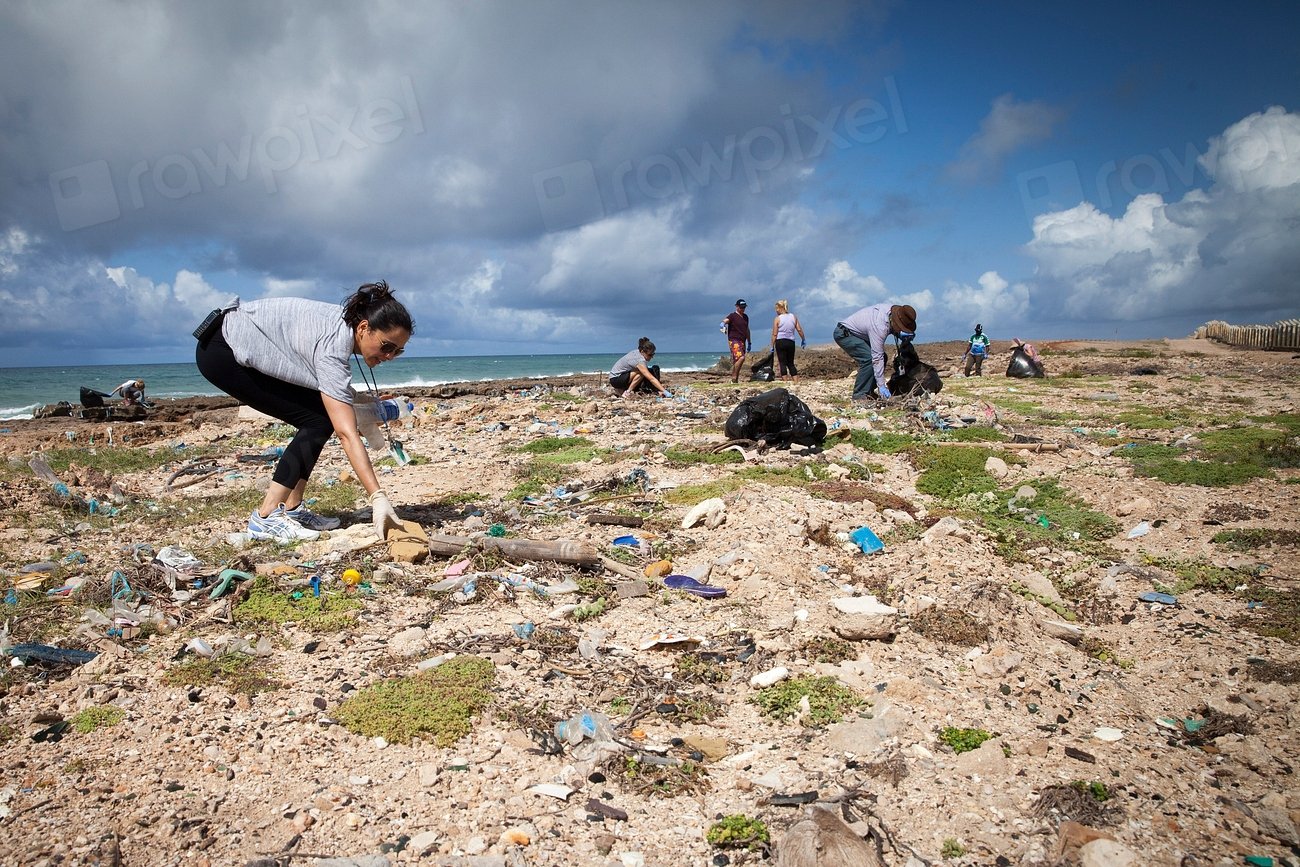
There’s a temptation to wait for perfect, ocean-ready microbes, but the wins we need start on land. Support projects that install enzymatic recycling near waste hotspots, and back brands that commit to monomer-to-monomer PET reuse. Cut personal reliance on single-use polyester packaging where practical, and return clear bottles clean and dry to improve feedstock quality. If you’re in a coastal community, push for river interception and on-site pretreatment that primes material for enzyme reactors. Donate or volunteer with groups that pair cleanup data with open science, so researchers can test real-world samples rather than ideal lab pellets.
For me, the turning point was watching a clouded flask clear as plastic vanished into its chemical alphabet, letter by letter. It felt small, almost domestic – yet it hinted at a future where we unmake what we’ve made, without scorched-earth chemistry. This isn’t a silver bullet; it’s a new set of tools joining a crowded toolbox of reduction, redesign, and smarter policy. But tools shape outcomes, and these tools are getting sharper by the month. The oceans won’t be saved in a single breakthrough, they’ll be saved by stubborn, iterative progress stacked over time. Are we ready to help that stack rise, one smart choice at a time?

Suhail Ahmed is a passionate digital professional and nature enthusiast with over 8 years of experience in content strategy, SEO, web development, and digital operations. Alongside his freelance journey, Suhail actively contributes to nature and wildlife platforms like Discover Wildlife, where he channels his curiosity for the planet into engaging, educational storytelling.
With a strong background in managing digital ecosystems — from ecommerce stores and WordPress websites to social media and automation — Suhail merges technical precision with creative insight. His content reflects a rare balance: SEO-friendly yet deeply human, data-informed yet emotionally resonant.
Driven by a love for discovery and storytelling, Suhail believes in using digital platforms to amplify causes that matter — especially those protecting Earth’s biodiversity and inspiring sustainable living. Whether he’s managing online projects or crafting wildlife content, his goal remains the same: to inform, inspire, and leave a positive digital footprint.

